Sales metrics are crucial for acquiring new customers as well as keeping existing customers loyal. It can be used not only by the sales and business executives to refine their approach, but also by CMOs to effectively build and improve their marketing strategy.
Over the last 12 months or so, CMO challenges have not only broadened but also evolved. With reduction in resources and marketing budgets cut while still being expected to deliver a better and more refined customer experience, the pressure on CMOs had never been greater. However, things seem to be improving.
With the arrival of the COVID-19 vaccine, many brands are willing to increase the budgets of their marketing departments. In fact, according to a study by Gartner a whopping 73% of CMOs expect their budget to increase in 2021. But, a rise in their budget isn’t the only aspect that can enable CMOs to develop effective marketing campaigns.
Also Read: Three Crucial Ways to Develop a Sound Metaverse Marketing Plan
As the B2B marketing landscape has changed dramatically in recent months, it is crucial for CMOs to rethink their marketing approach. Onboarding enterprise clients require planning as well as a highly targeted approach. One way for CMOs to reassess their marketing strategy is by capitalizing on the sales metrics. Sales team being in direct contact with the customers, CMOs can use their metric to understand the customer behavior in the sales funnel and uncover the formula of 100% percent conversion rate.
Here are a few B2B sales metrics that CMOs can leverage to craft their next B2B marketing strategy:
Knowing the cost of customer acquisition
Acquiring new customers always costs more than retaining existing ones. Hence, before embarking on developing their marketing strategy, CMOs should know the expenses involved in adding more customers to their business. They should ensure to keep the acquisition cost lower as it implies their strategy is working while their expenditure is minimal.
Checking conversion rate
Being one of the key sales metrics, conversion rate allows CMOs to get insights into the proportion of actual purchases, subscription to the number of leads, visitors, posts, emails that are needed to get conversion out of sales pipelines. It allows CMOs to determine the effectiveness of the marketing efforts.
Also Read: Digital Marketing Narrowing the Gap Between Performance and Spending
Understanding the Sales Pipeline Velocity
The sales pipeline encompasses the entire sales process, starting with the initial point of contact with the customer and continuing until the deal is closed. But if the time taken to close a particular deal is long, then the chances of conversion are slim. Hence, CMOs must know the velocity of the sales process. CMOs can use the formula to calculate the sales pipeline velocity:
Sales Process Velocity (SPV) = (Number of leads * Average deal value * Win rate) / Sales cycle in the days.
The larger the number of Sales Pipeline Velocity, the less effort CMOs will need to put in to compensate for the number of leads, win rate and the average deal value.
As the customer behavior and demand continue to change, CMOs must reassess and evaluate their B2B marketing strategy. Using the data insights obtained from sales metrics can enable CMOs to polish their marketing strategy while their client base continues to grow.
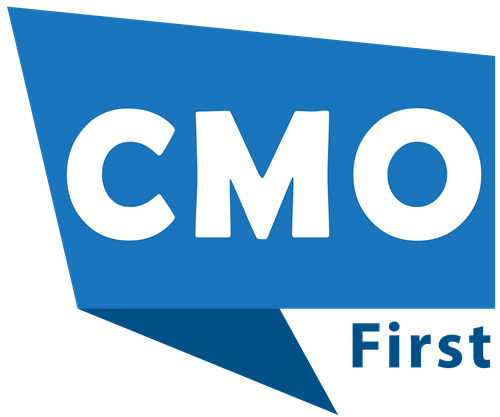




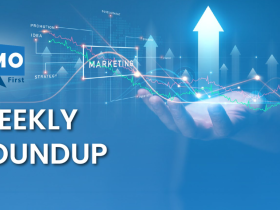


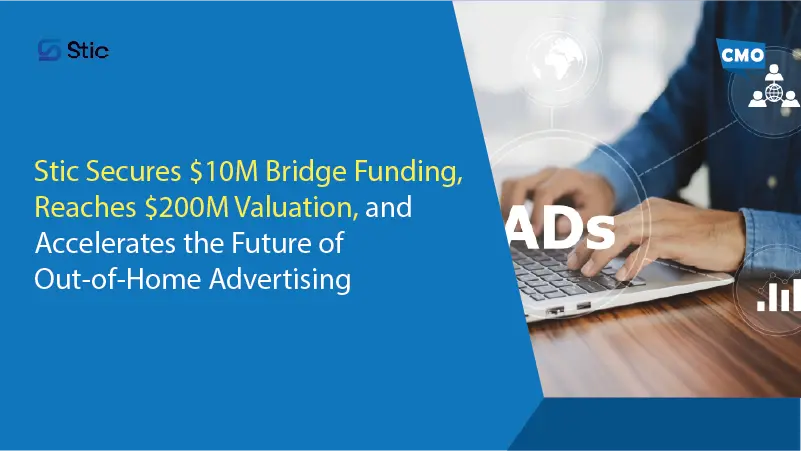
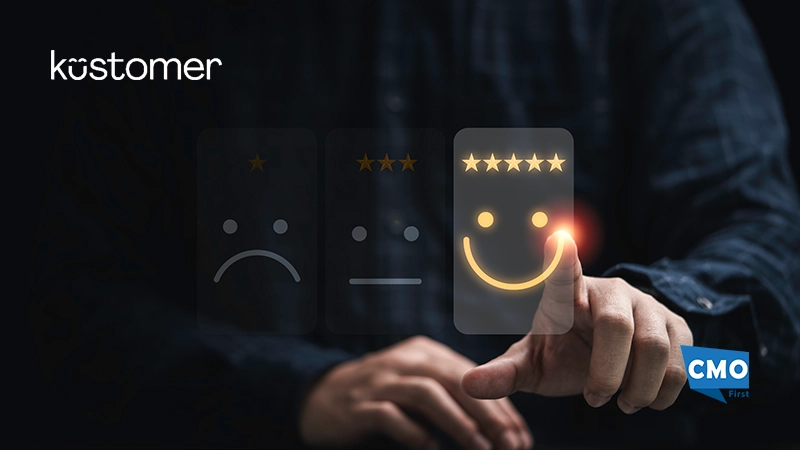
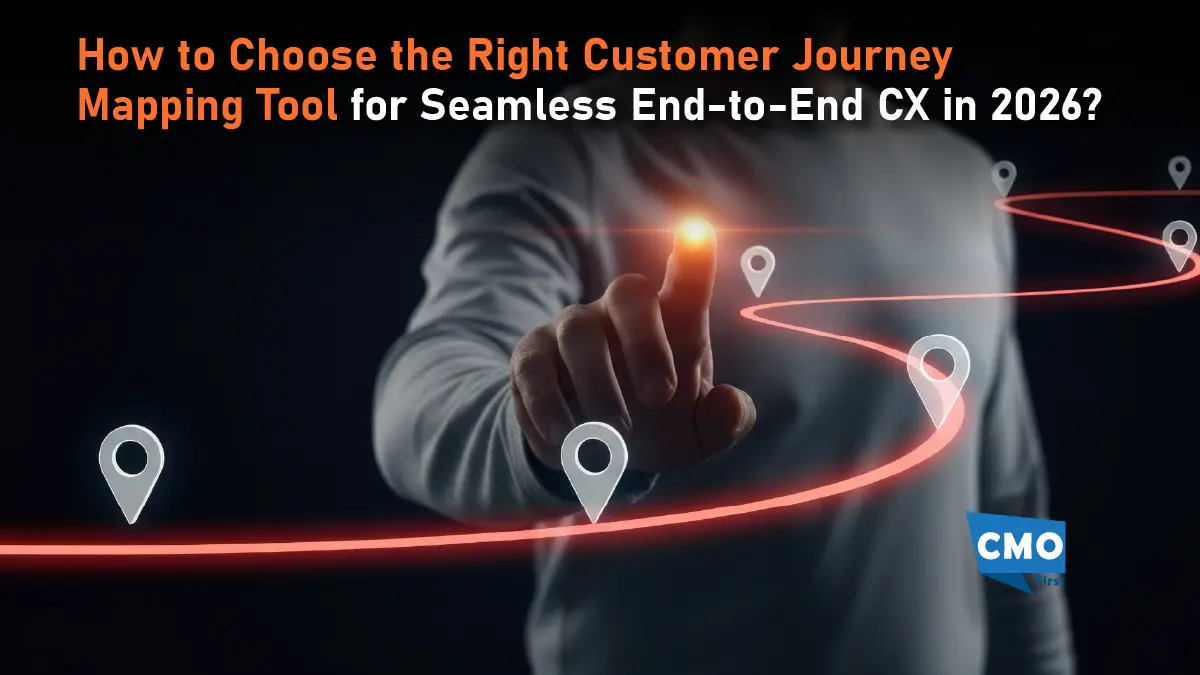






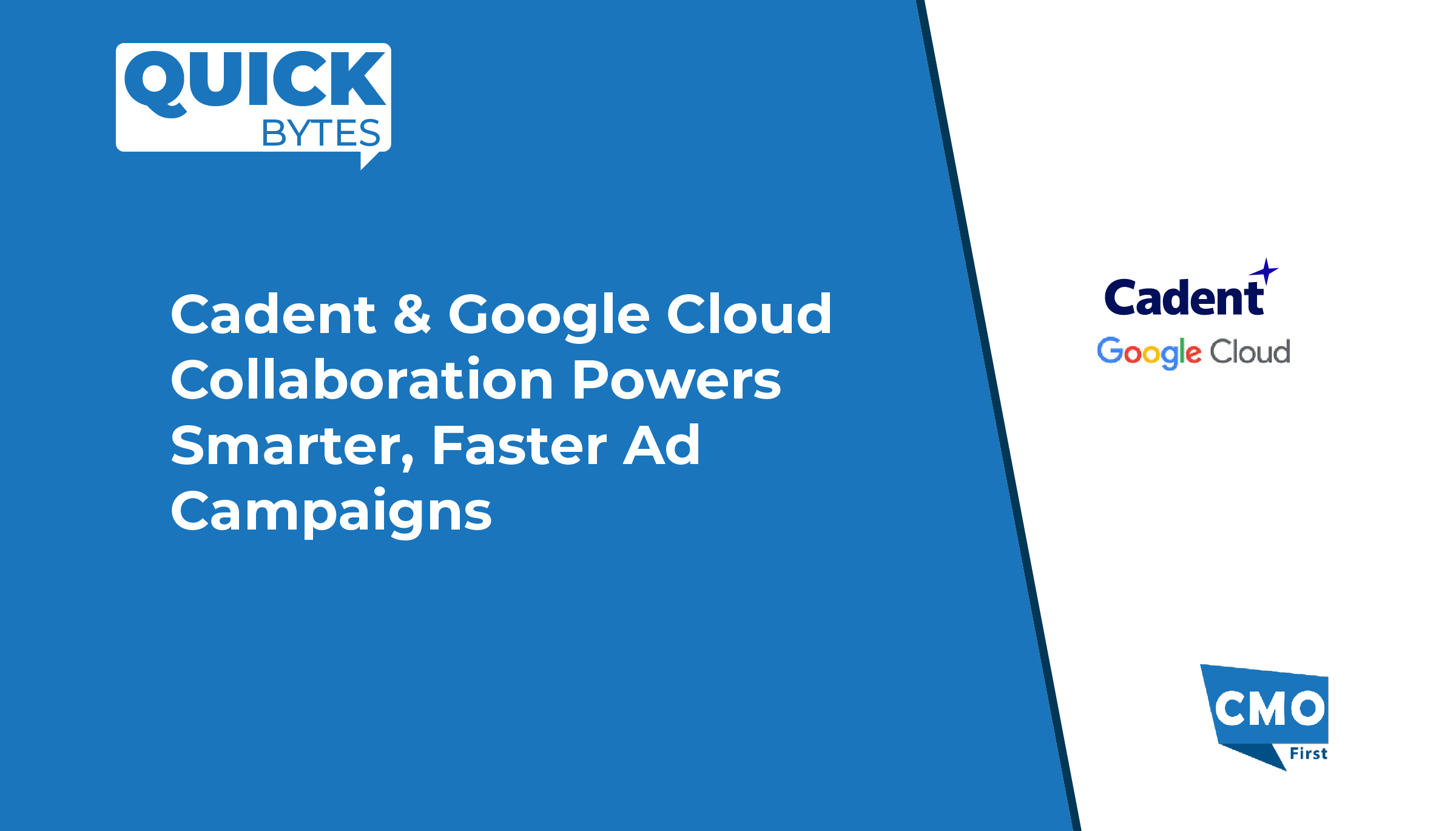




Leave a Reply